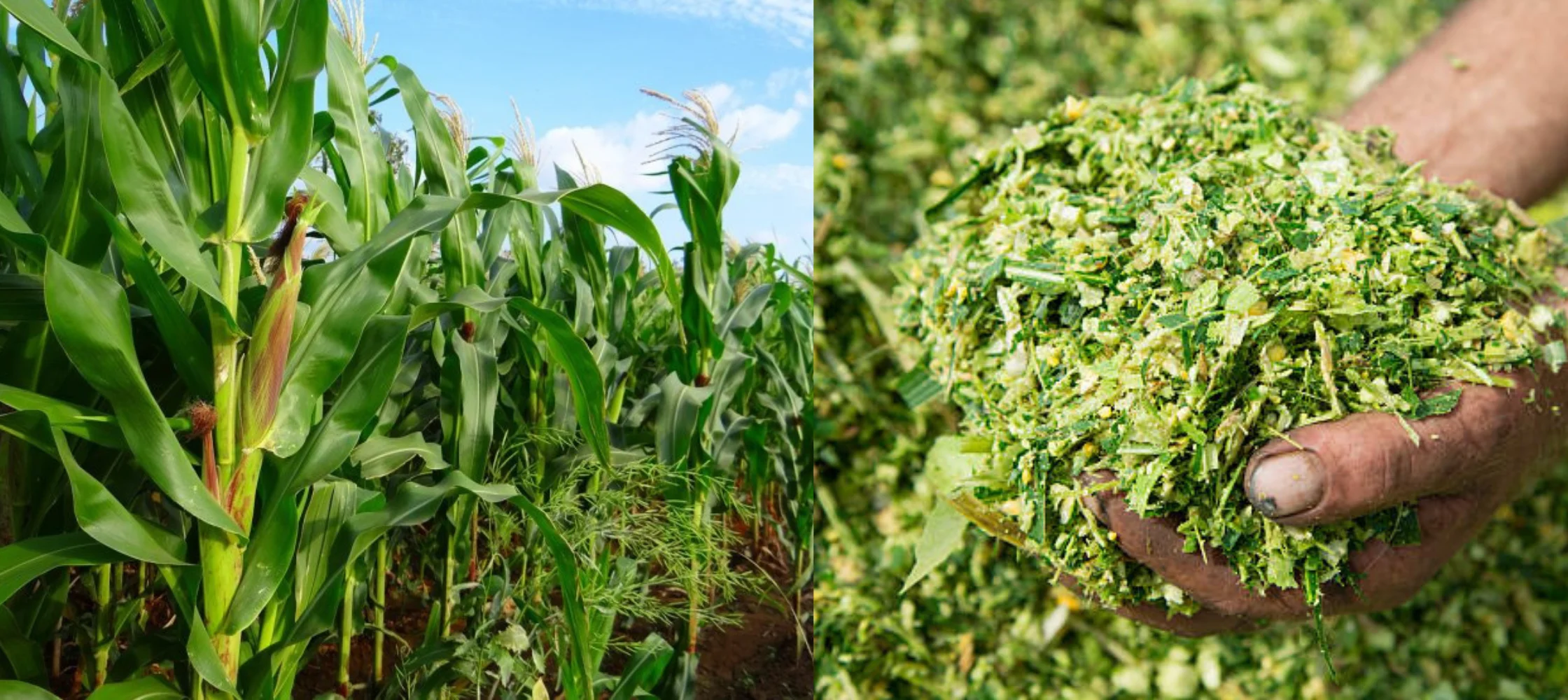
By:-Gurmeet Singh Buttar and Surinder Kaur Sandhu
With our legacy of makki di roti and sarson da saag, maize is traditional kharif crop of Punjab state. It was grown on 3.72 lakh ha during 1960-61 and had record cultivation on 5.77 lakh ha area during 1975-76. Since the 1990s, farmers of Punjab are sowing maize in the spring season as a third crop, generally after potato/pea, from mid-January to February. Farmers show more interest in spring maize as they fetch higher grain yields due to higher crop duration (120 days as compared to 90-95 days in kharif), less weed pressure (as not coinciding with rainy season), less pests pressure and hence, more returns but it has higher water requirement and if continued, can worse the dwindling groundwater situation of Punjab. Spring crops used to be sown for grains by some farmers for green fodder but from last couple of years, the interest of farmers has increased towards silage maize. Many farmers start sowing maize after wheat harvest for silage followed by transplanting of paddy another water-guzzling crop. The recent survey revealed that more than one lakh hectare area sown under spring/summer maize for fodder/silage purposes. This practice has created new cropping cycle: wheat-summer maize-paddy. Summer maize sown after April 20 till end of May, coinciding with warm months with high evaporative demand and need around 18-20 irrigations. This practice can prove devastating for the underground situation in Punjab.
Undoubtedly, maize is an excellent crop in terms of biomass production besides grain yield. Green maize fodder quality is considered best among non-legume forage crops and it is an ideal forage crop due to its quick growth, higher biomass, better nutritional quality, and palatability. A year-round supply of fodder is required for the dairy to be a successful occupation. Farmers face an acute shortage of green fodder twice a year during Nov-Dec and May-June. Straws or stover are an alternate feed source during the fodder deficit period which are often deficient in some vital nutrients. There is a growing interest to conserve fodder in the form of silage during lean periods. Maize silage is an energy-rich feed and as nutritious as green fodder since it preserves the nutrients in their original form. Recently, a large number of silage units have mushroomed in Punjab which are making silage for domestic consumption and transportation. Though silage crop takes lesser time than grain crop but still summer maize grown for silage purpose needs irrigation on almost alternate days in hot days, can be distressing for the underground water situation in Punjab state. Farmers are firmly advised to withdraw from this practice of growing spring maize in hot months to save the water resources of the state for our future generations.
Farmers can use kharif season crop for silage production. Silage maize crop (harvested at dough stage/one-third milk line stage) not only vacates the fields by 20-25 days earlier than grain maize and hence not only enable-timely sowing of potato and other winter vegetables but saves the cost incurred in the protection of birds/animals during grain ripening stage; in harvest; drying and transportation of produce. The farmers also feel relieved from issues associated with lack of mechanized harvesting at small scale and marketing hassles like lack of timely procurements of grains, heavy price cut by aashtias/traders due to high moisture in grains, unorganized and non-MSP procurement of their produce etc.
Due to the shorter vegetative span, though the biomass accumulation in kharif maize (150-180 q/acre) is lesser as compared to spring maize (200-240q/acre) still competitive, enabling farmers to earn Rs 30,000 per acre (150 q/acre at rate of Rs 200 for green fodder at dough stage) in 75-80 days crop duration. The field surveys in Jalandhar and Hoshiarpur areas revealed that farmers, on average, spend Rs 4000-5000 per acre on bird protection, harvesting, drying and transportation of their produce. This amount also gets saved in silage crop and adds to their profit. With a little care to maintain silage quality and control moisture level in kharif season and a small dent on our profitability, we can save the Punjab, sacred land of our Gurus and avoid becoming desert.
Your email address will not be published. Required fields are marked *
29 Jan, 2024
29 Jan, 2024
29 Jan, 2024
25 Jan, 2024